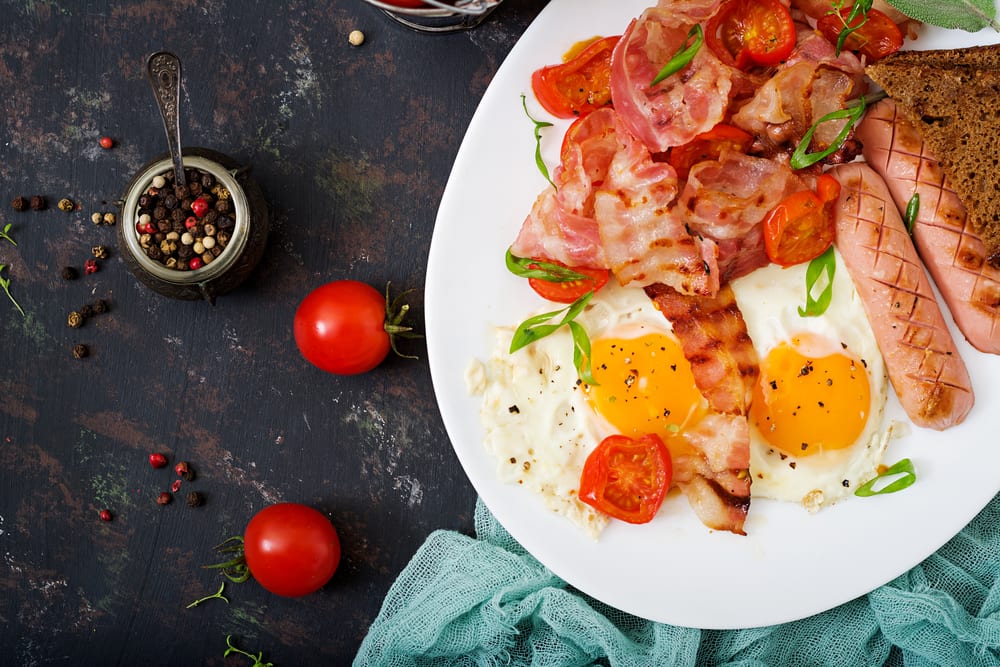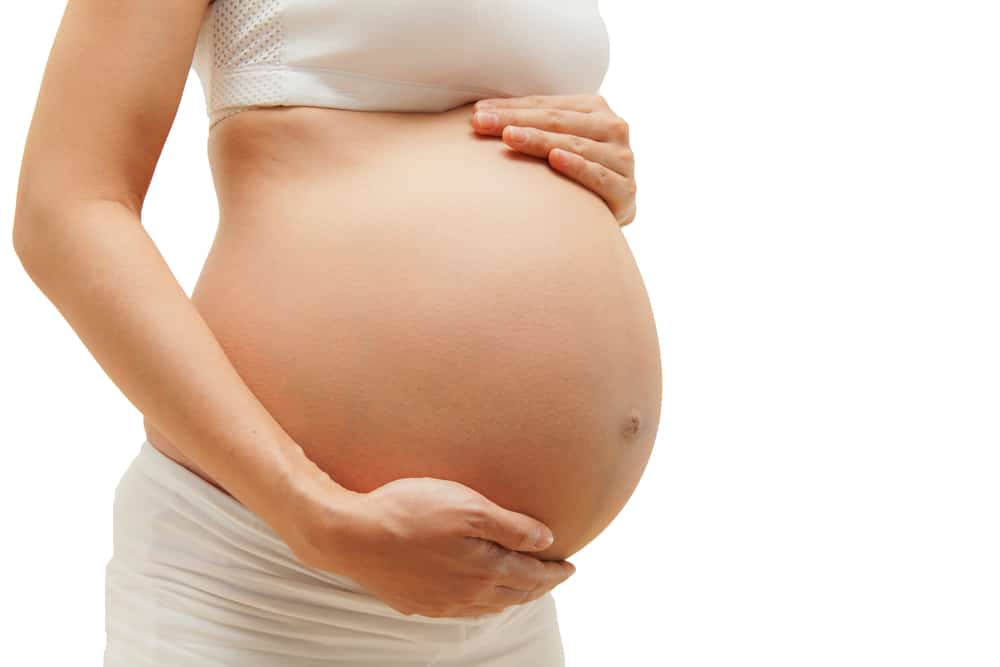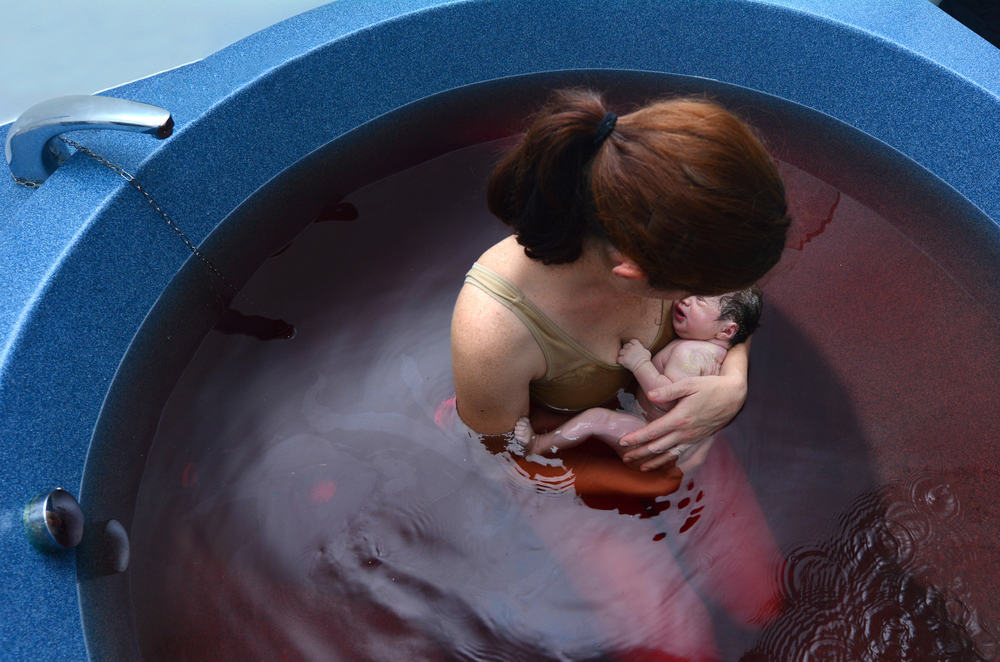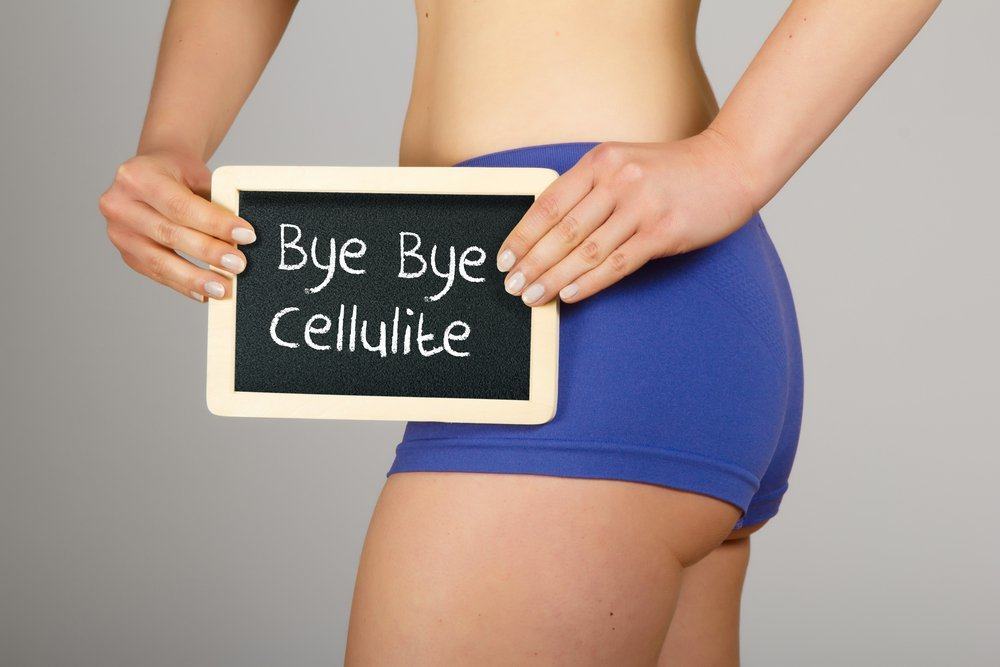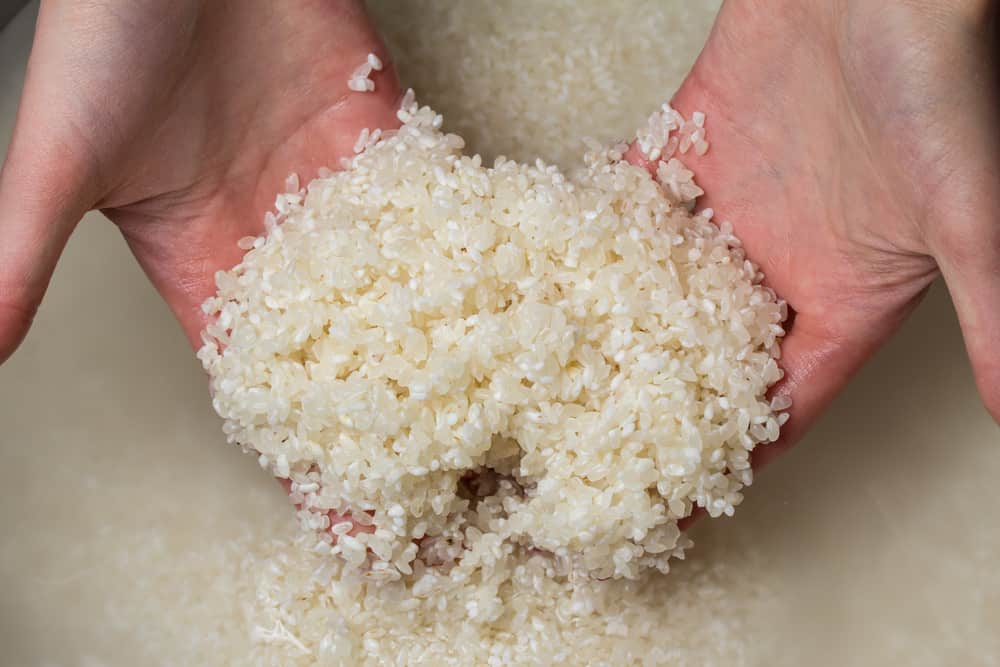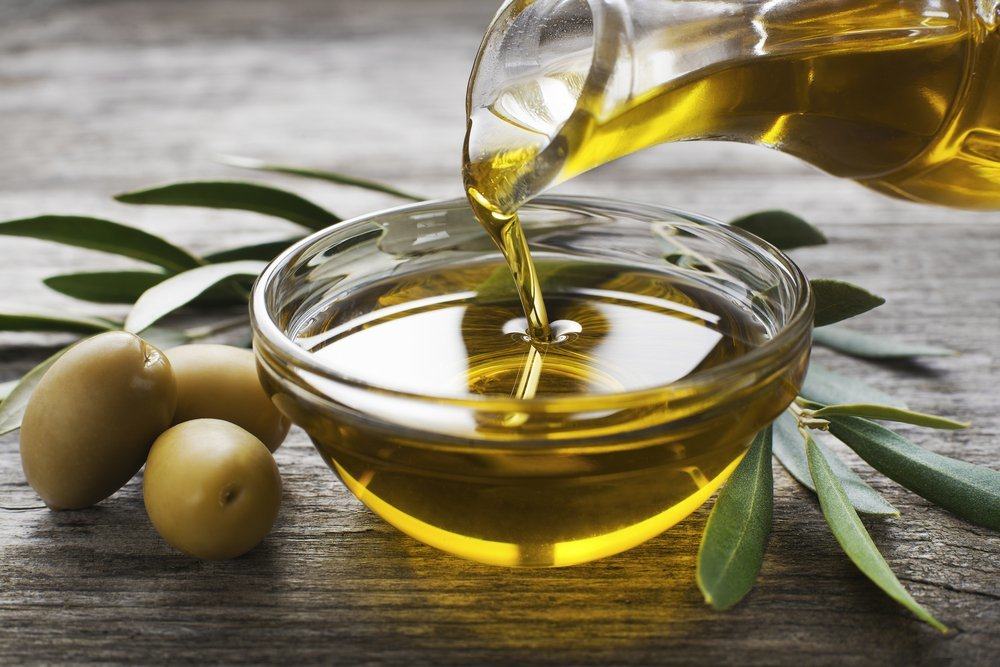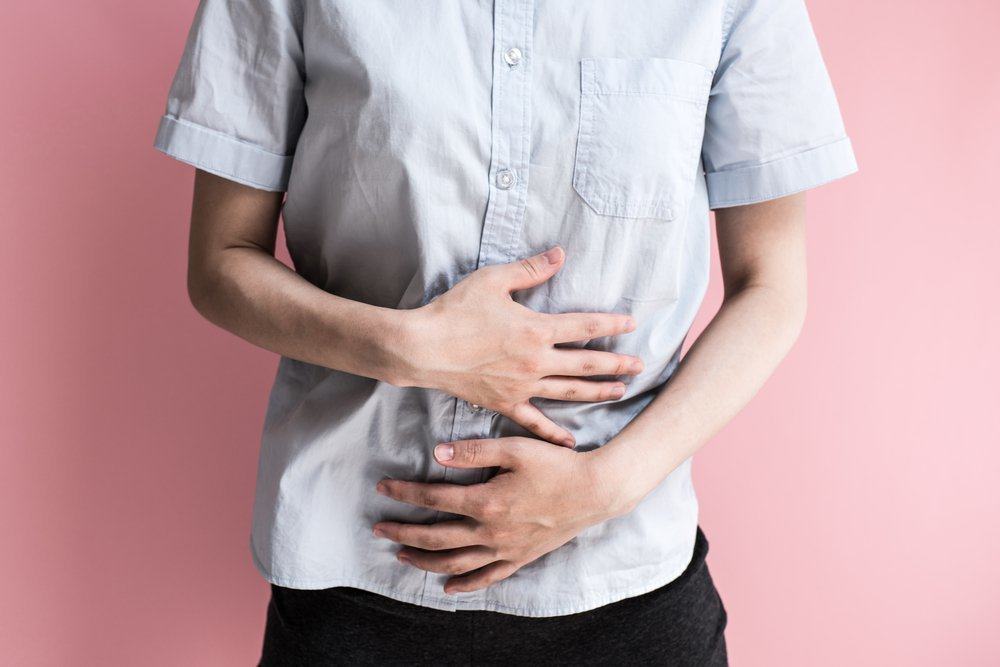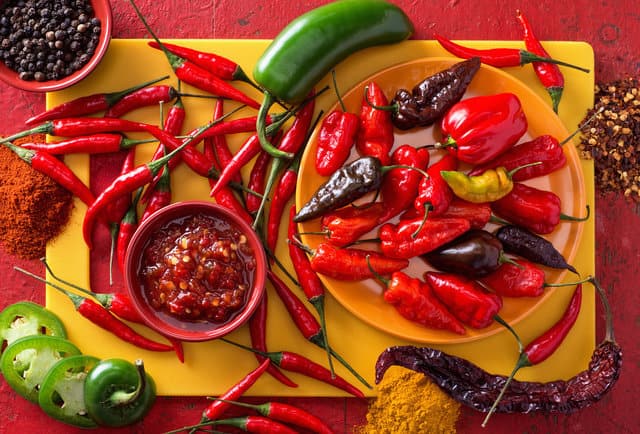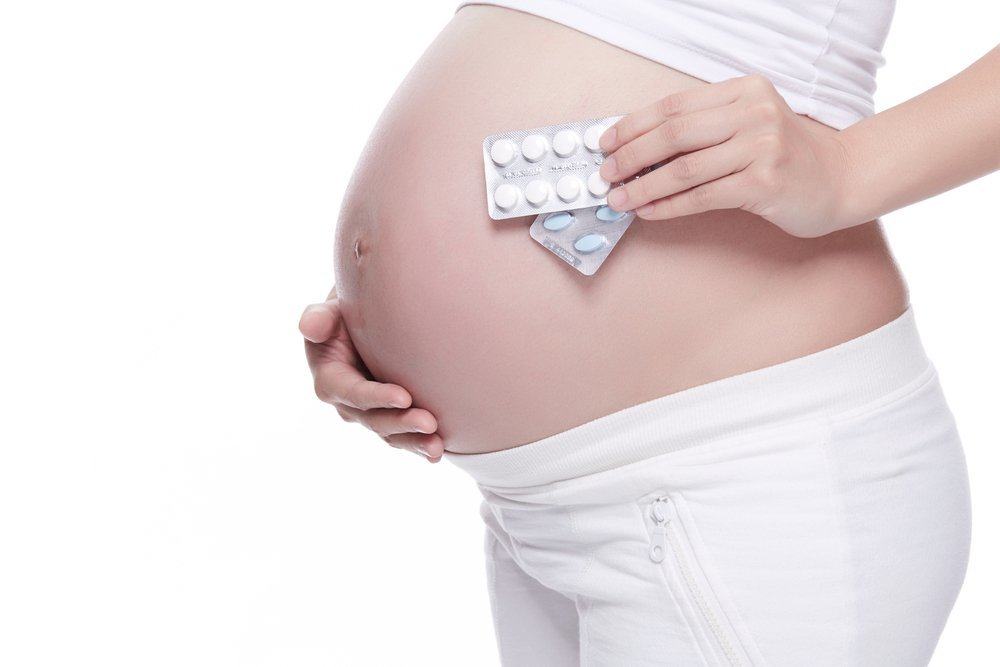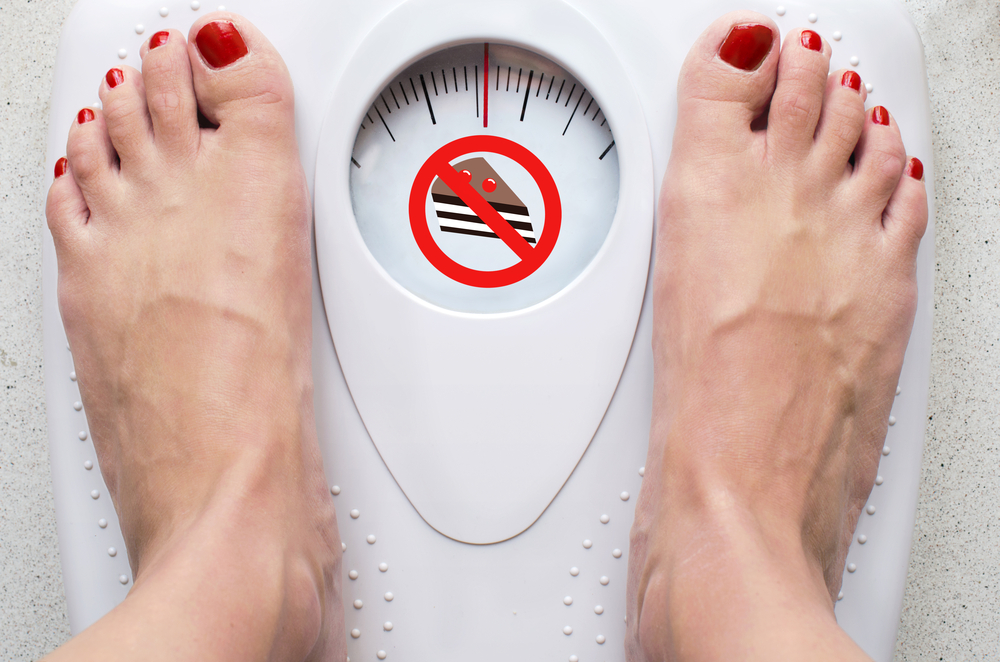Contents:
- Medical Video: Anemia symptoms and treatments - Signs of being anemic
- Symptoms of iron deficiency anemia
- Causes and risk factors for iron deficiency anemia
- Possible complications
- Foods to increase iron naturally
- List of foods that are rich in iron
- Foods that contain high vitamin C
- Prevent iron deficiency anemia in infants
Medical Video: Anemia symptoms and treatments - Signs of being anemic
Iron deficiency anemia is one of the most common types of anemia. This condition occurs when blood is lacking in healthy red blood cells. Red blood cells are responsible for carrying oxygen to all body tissues. As the name implies, iron deficiency anemia is caused by insufficient amounts of iron. Without enough iron, your body cannot produce enough red blood cells to carry oxygen.
Symptoms of iron deficiency anemia
Initially, this condition might not cause any symptoms because it was not so severe. Then symptoms begin when the body gets iron deficient. Here are the symptoms that you might feel.
- Fatigue
- The body feels weak
- Pale skin
- Chest pain, fast heartbeat, or shortness of breath
- Headache or dizziness
- Hands and feet feel cold
- Inflammation or pain in the tongue
- Brittle nails
- Appetite decreases, especially in infants and children
Causes and risk factors for iron deficiency anemia
There are various causes of the condition of lack of red blood cells. The cause can be temporary, namely when you are pregnant and your iron needs increase. However, there are also abnormalities that make it difficult for the body to absorb iron.
- Bleeding, for example when a woman is menstruating.
- Lack of iron intake in the food you consume.
- The body's inability to absorb iron, for example due to Crohn's disease and Celiac disease.
- Pregnancy.
While people who have the conditions below have a greater chance of developing iron deficiency anemia.
- Woman
- Babies and children
- Vegetarian
- Donate blood often
Possible complications
Mild iron deficiency anemia usually does not cause complications. However, anemia that is not immediately treated can be a serious health problem and cause various types of complications below.
- Heart problems.
- Problems during pregnancy.
- Impaired growth, especially in infants and children.
Foods to increase iron naturally
If the doctor has given a diagnosis of anemia of iron deficiency type, there are several food sources that can help you restore balance to red blood cells and increase iron in the body. Check out the following food list.
List of foods that are rich in iron
- Red meat, chicken or beef liver, and poultry meat.
- Seafood such as fish, squid, clams, and shrimp.
- Nuts.
- Green vegetables, such as spinach and kale.
- Dried fruits, such as tomatoes, raisins and apricots.
- Bread, pasta, or cereal fortified with iron.
- Peas.
Your body absorbs iron from meat more than any other source. If you choose not to eat meat, you need to add an intake of iron-rich plant foods to be able to absorb the same amount of iron as someone who eats meat, such as green vegetables.
Foods that contain high vitamin C
You can increase your body's iron absorption by eating foods rich in vitamin C at the same time you eat foods high in iron. Because, vitamin C can increase the body's ability to absorb iron. Here are examples of foods that are rich in vitamin C.
- Broccoli
- Green vegetable
- Orange
- Guava
- Mango
- Kiwi
- Papaya
- Wine
- Strawberry
- Melon
- Tomato
In addition to increasing your intake of vitamin C, you are advised to avoid substances that can inhibit iron absorption. Among them are tannins. Coffee and tea are sources of tannins which are quite high. Therefore, you should not drink tea or coffee while eating because it can interfere with the process of absorption of iron. Limit also the consumption of coffee and tea every day so as not to overdo it.
Prevent iron deficiency anemia in infants
To prevent iron deficiency anemia in your baby, make sure you give ASI (mother's milk) exclusively for six months, then continue with breast milk with complementary foods for the next six months. Breast milk contains enough nutrients to meet your baby's iron intake.
Keep in mind, cow's milk is not a good source of iron for babies and is not recommended for babies under one year. After 6 months of age, start feeding iron-fortified cereals to your baby. Can also provide meat at least twice a day to increase iron intake.
After one year of age, make sure your child does not drink more than 600 milliliters (ml) of milk a day. Because, drinking too much milk can make your baby full so that it replaces other foods, including foods that are rich in iron.

